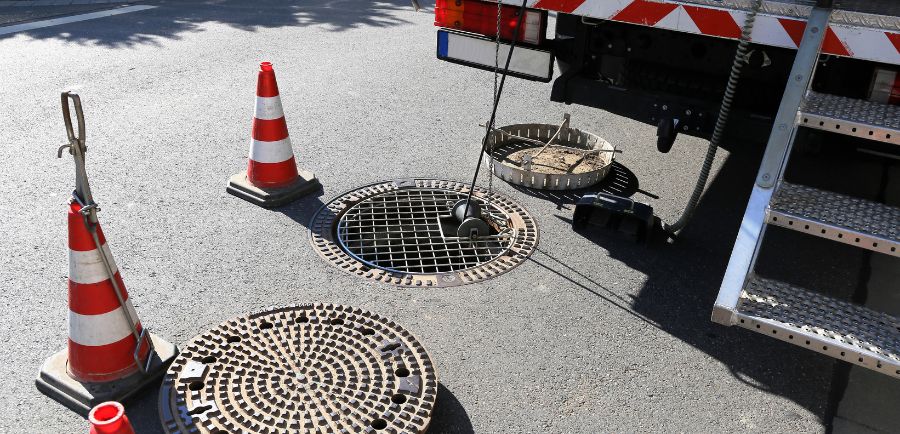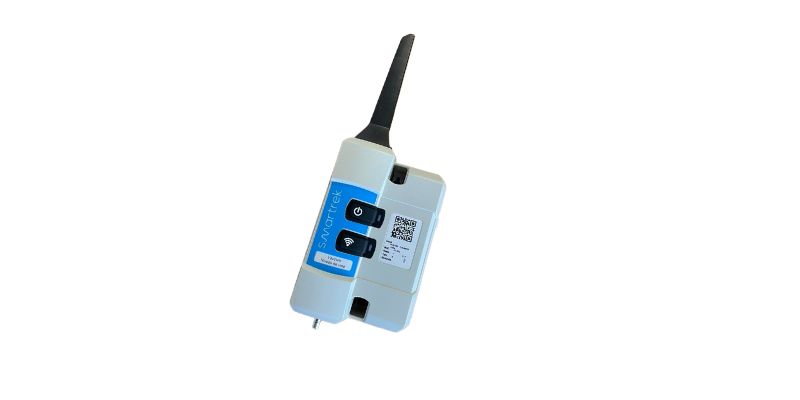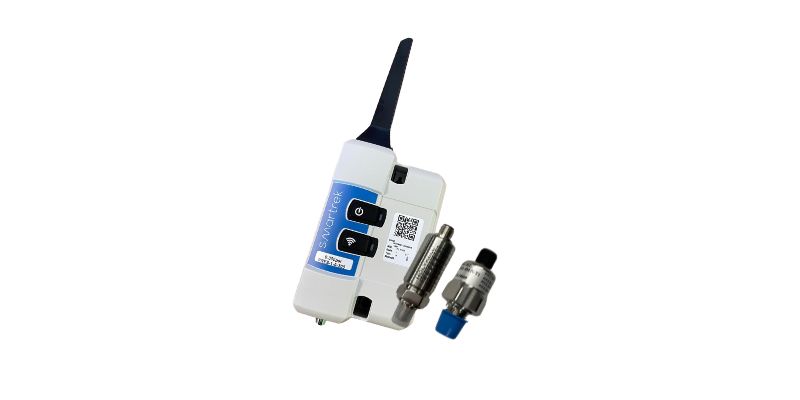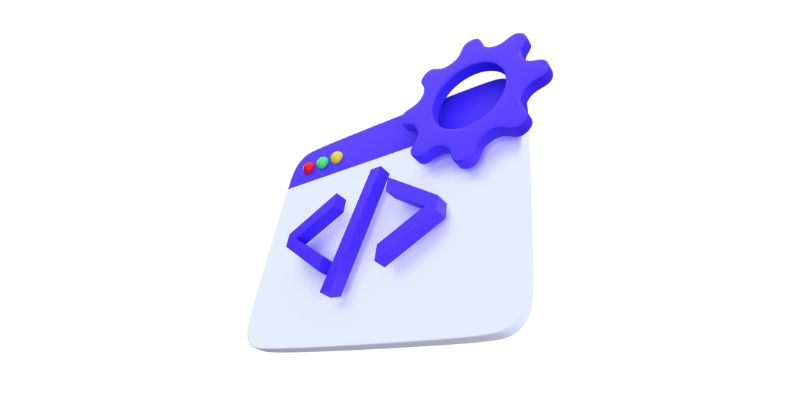Smartrek: Vacuum Sewer Monitoring
Vacuum sewer uses vacuum pumps to maintain a continuous vacuum pressure on the system and collection system, ensuring that wastewater is conveyed from properties to a treatment facility efficiently. Vacuum valves at each sewage input point seal the system; when this happens, the differential pressure propels the wastewater through the piping to the vacuum station. To minimize disruption caused by malfunctions, a remote monitoring system can be used to monitor the system and response times from multiple locations. This allows for quick and proper identification and resolution of any issues that may arise, helping to maintain the system’s smooth operation.
Prior using our monitoring solution many operators experienced that it can take a while to trace the source of an issue in a vacuum sewer system, but once they’ve identified the issue, it can be fixed quickly.
Unleashing the Power of Smartrek for Remote Monitoring
Smartrek’s wireless remote monitoring solution makes sewer maintenance a breeze by providing real-time data with our pressure, vacuum, water level, and ultrasonic sensors. We pinpoint exactly where and when a fault occurs, so maintenance crews can quickly resolve any issues. This helps to eliminate any guesswork and ensure reliable operation of your vacuum sewer system.
- Optimize pumping activities.
- Low operation and maintenance costs.
Minimize failures.
- Measure pressure, flow, and water level.
- Take remote control of valves.
Our turnkey solutions

What makes Smartrek different from others and how does the system work!
At Smartrek, we provide turnkey wireless monitoring solutions. We effectively connect and operate remotely, networks of sensors giving you real time information on what is happening in your water and wastewater distribution and collection systems.
Powered by Spidermesh, our proprietary radio mesh protocol, we can develop custom networks of sensors based on the data you need and the topology of the terrain, giving you the highest quality of data in the industry. By acquiring Smartrek, you become independent from any third party connectivity providers and own your infrastructures, avoiding recurrent cost, complex installation and technology obsolescence.
How Does a Vacuum Sewer System Work? A Comprehensive Overview
Collection Points:
To ensure a seamless and efficient process, wastewater from individual properties such as homes and buildings is carefully gathered at designated collection points. These collection points are thoughtfully designed as small, underground sumps or pits, equipped with a convenient one-way valve.
Vacuum Station
These collection points are seamlessly connected to a centralized vacuum station via a network of small-diameter pipes. The vacuum station diligently generates and upholds a gentle negative pressure within the sewer lines, ensuring optimal functionality.


